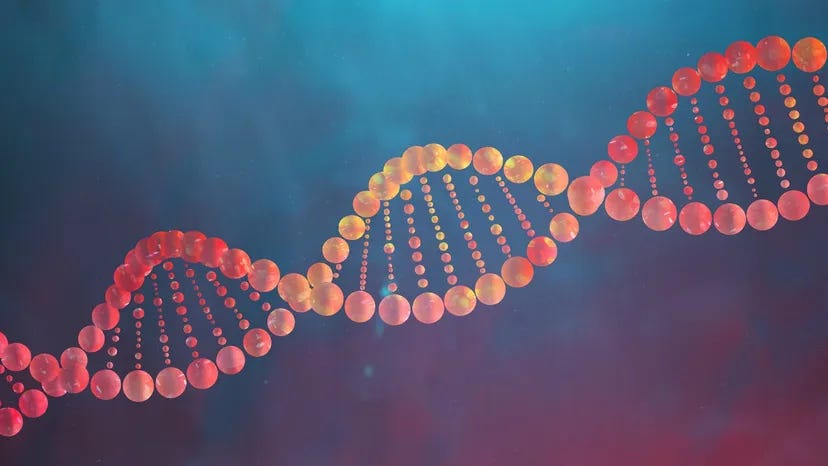edited to add tl;dr: Siskind seems ticked off because recent papers on the genetics of schizophrenia are increasingly pointing out that at current miniscule levels of prevalence, even with the commonly accepted 80% heritability, actually developing the disorder is all but impossible unless at least some of the environmental factors are also in play. This is understandably very worrisome, since it indicates that even high heritability issues might be solvable without immediately employing eugenics.
Also notable because I don’t think it’s very often that eugenics grievances breach the surface in such an obvious way in a public siskind post, including the claim that the whole thing is just HBD denialists spreading FUD:
People really hate the finding that most diseases are substantially (often primarily) genetic. There’s a whole toolbox that people in denial about this use to sow doubt. Usually it involves misunderstanding polygenicity/omnigenicity, or confusing GWAS’ current inability to detect a gene with the gene not existing. I hope most people are already wise to these tactics.



I wonder if Scott is the person who stood up during Michael Levin’s talk on (non genetic) bio-electric circuits storing morphological memory across time and said, “those animals can’t exist!”
This is fascinating.
I was hoping someone more knowledgeable on the subject might have chimed in to provide some context by now, like are bioelectric circuits legit or is this sheldrake all over again, and why can’t I find anything on the very interesting phenomenon of deer antlers maintaining acquired deformities between fall off and growth cycles, and apparently trophic memory is an hapax legomenon to your linked article according to google.
Feel free to ask Michael in the comments of his blog, he frequently replies, helpfully, with references. I mean all science is tentative, so skepticism is healthy.
Also seems relevant